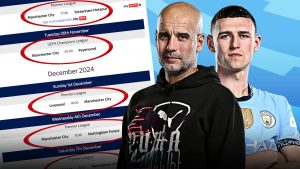Analysis: Canada is back where it started after a bitter pandemic election

The Canadian Prime Minister called Monday’s snap parliamentary vote in the belief that voters would reward him with a majority after getting a handle on the pandemic. But while securing a third consecutive term, his Liberals appear to have fallen short of the goal.Final results are still being counted, but the Prime Minister is projected to again lead a minority government in Ottawa. That means that after five weeks of debates, campaigning and recriminations, Canada is pretty much back where it started.For the second straight election, Trudeau will alsoHis under-performance will serve as a warning to other Western politicians about the mood of electorates as the pandemic drags on. Covid-19 restrictions and consequences will feature strongly in congressional and gubernatorial elections in the United States and the presidential election in France next year for example.But while Canadians were in no mood to reward the Prime Minister, they were not sold on their other options either. For a while, it looked like the only potential alternative Prime Minister, Conservative leader Erin O’Toole, could spring a surprise after nudging his party a little to the center.But as Trudeau fought back after his poll numbers cratered, it began to look as though O’Toole wasn’t ready for prime time. His party may also have been hurt in the key battlegrounds in Ontario where the pro-gun, anti-immigration anti-vaccine mandate, populist People’s Party of Canada ate into the conservative vote in ridings where O’Toole hoped to topple Liberal candidates.Jason Kenney, a former Conservative cabinet minister and the premier of Alberta, may have hurt O’Toole most of all. He admitted last week he lifted public health restrictions too soon, leaving his province vulnerable to what has become a crushing wave of the virus. Voters may have wondered, is this how a Conservative prime minister would manage the pandemic?Canada’s entrenched political map currently makes it difficult for parties to break out of their own strongholds and forge a majority. Liberals do well in the eastern maritime provinces and in the populous and affluent suburbs in Ontario. Quebec is dominated by a francophone party. The left-leaning New Democrats are strong in Manitoba and laid-back British Columbia. And the Conservatives dominate in the rural and oil rich plains of Alberta and Saskatchewan.It takes a dominant political figure — like ex-Prime Minister Stephen Harper, a Conservative who did succeed in turning a minority government into a majority administration in 2011, or former Prime Minister Jean Chrétien, to perform well outside their party strongholds.Trudeau thought he could regain that kind of dominance himself and that he previously showed when he won a majority government in 2015 — only to fall short of that mark four years later. But he was wrong. Which, along with the failure of rivals to topple a Prime Minister who is not universally loved, leaves a big question about this pandemic election.What was it all for?Reporting contributed by CNN’s Paula Newton in Montreal.




